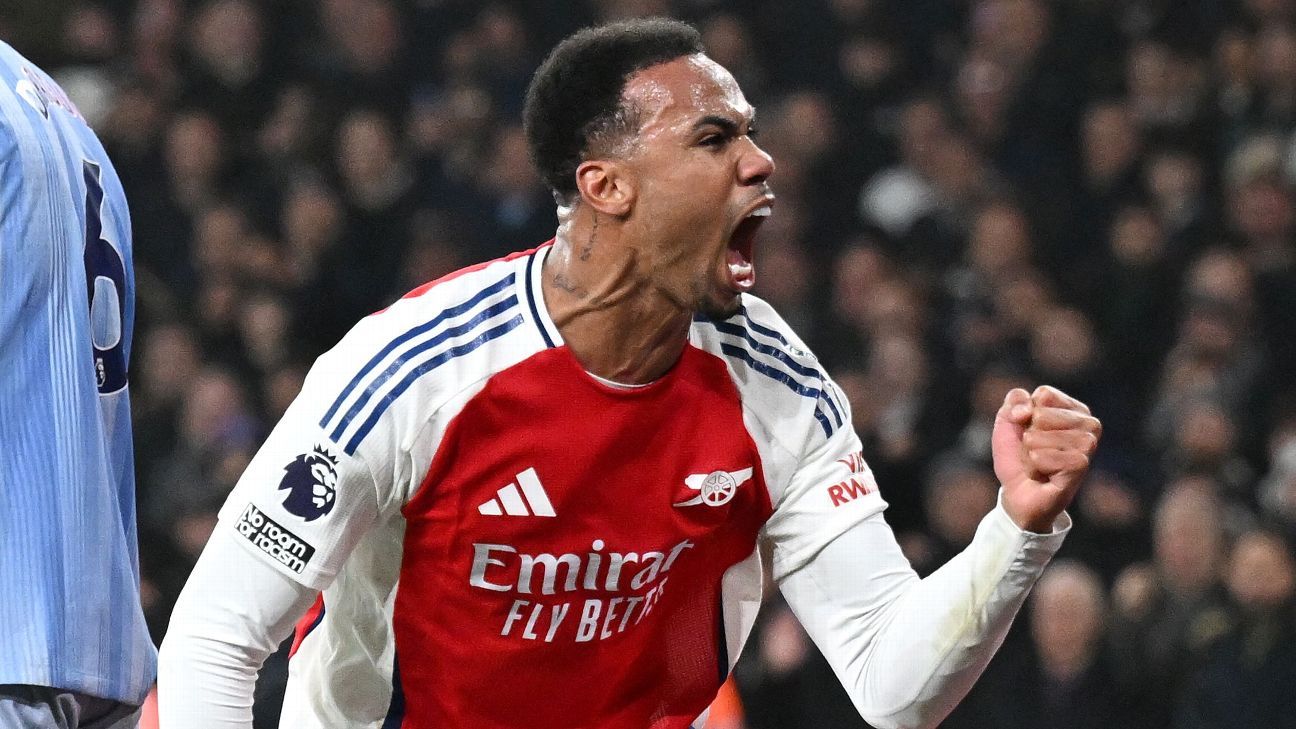Some sports arguments aren’t worth the time to try to make.
But with NBA Commissioner Adam Silver attempting on Wednesday to compare a Super Bowl featuring two small-market teams to an NBA Finals featuring two small-market teams (as it does this year), the counter needs to be offered.
Long ago, the Super Bowl transcended the market size of the participants. It moved beyond the actual or perceived relevance of the teams that make it. Simply by scaling the playoff tree and earning a berth in the game makes a team extremely relevant, since every round of the postseason has become a massive deal. With each win, the small-market and/or previously irrelevant team becomes more and more significant and compelling.
By the time some 60 million fans have watched each of the Super Bowl teams win their conference championship games, the relevance is cemented. The audience for the Super Bowl will always be immense. Especially since it’s the biggest sports day in the country, with millions who rarely if ever watch any other games tuning in, picking a team to root for, and witnessing the largest shared experience on the calendar.
This isn’t one of those tired and misguided “NBA went woke” takes. It’s true for the NBA Finals, the World Series, and the Stanley Cup Final. Market size of the participants will move the ratings needle in each of those sports, because none of them enjoy the kind of knee-jerk popularity that prompts more than 100 million to stop everything they’re doing on a Sunday in February and take in the Super Bowl.
The phenomenon isn’t a fluke. It didn’t happen overnight. For the past 50 years or longer, the NFL has systematically built pro football into something that will attract all football fans — and plenty of non-football fans — to watch the game.
It also helps that, in football, it’s single elimination. The stakes are higher. The drama is heightened. And anything can happen.
Sure, the other sports should aspire to have a similar impact. As audiences fracture, only one sport has consistently attracted huge numbers to simultaneously seek out and consume the content, from offseason events like the draft to preseason games that mean absolutely nothing to regular-season games on Sundays, Mondays, Thursdays (and more and more of the other days of the week) to playoff games with intrigue and tension and stakes that build and build and build until two teams earn berths in the holy grail of American sport.
The more that people care about pro football, the easier it is to drop a game on a smart TV and wait for millions to inevitably find it. The streaming numbers for the NFL are bearing out that reality. The broadcast numbers for NFL games remain jaw-dropping, even as the traditional networks otherwise struggle to compete with the many entertainment choices that are available, 24 hours per day.
It’s somewhat surprising that Silver would even try to make the comparison. While there’s plenty of meat on the sports bone for basketball, baseball, and hockey to thrive, catching the NFL at this point will take as long as it took for the NFL to create its current margin, if not a lot longer.
Especially since the NFL never gets complacent and is always looking for ways to make the gap between itself and other sports larger and larger and larger. And since the NFL is always ramping up its efforts to become an even bigger deal globally.
.png)
 German (DE)
German (DE)  English (US)
English (US)  Spanish (ES)
Spanish (ES)  French (FR)
French (FR)  Hindi (IN)
Hindi (IN)  Italian (IT)
Italian (IT)  Russian (RU)
Russian (RU) 






Comments